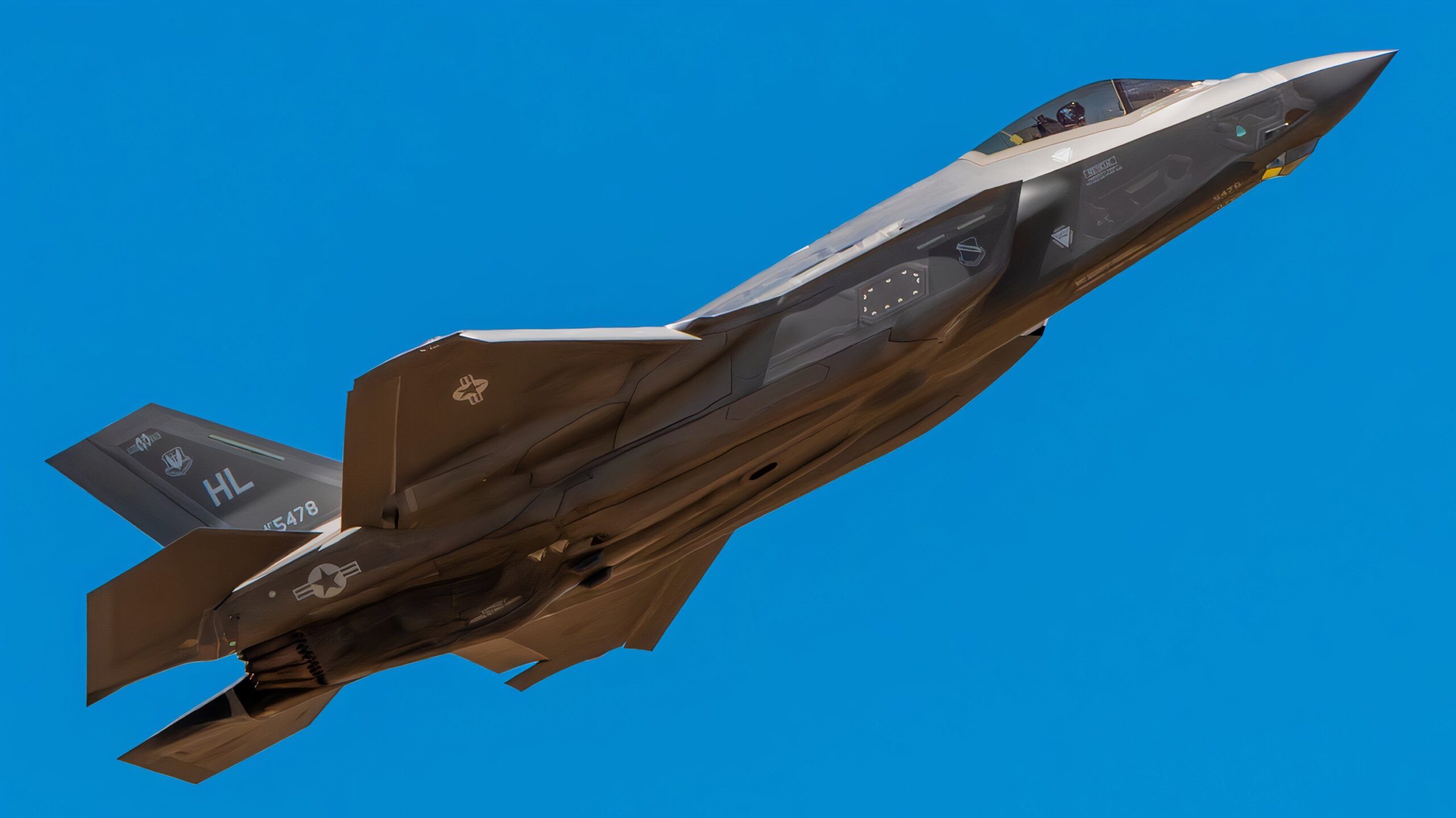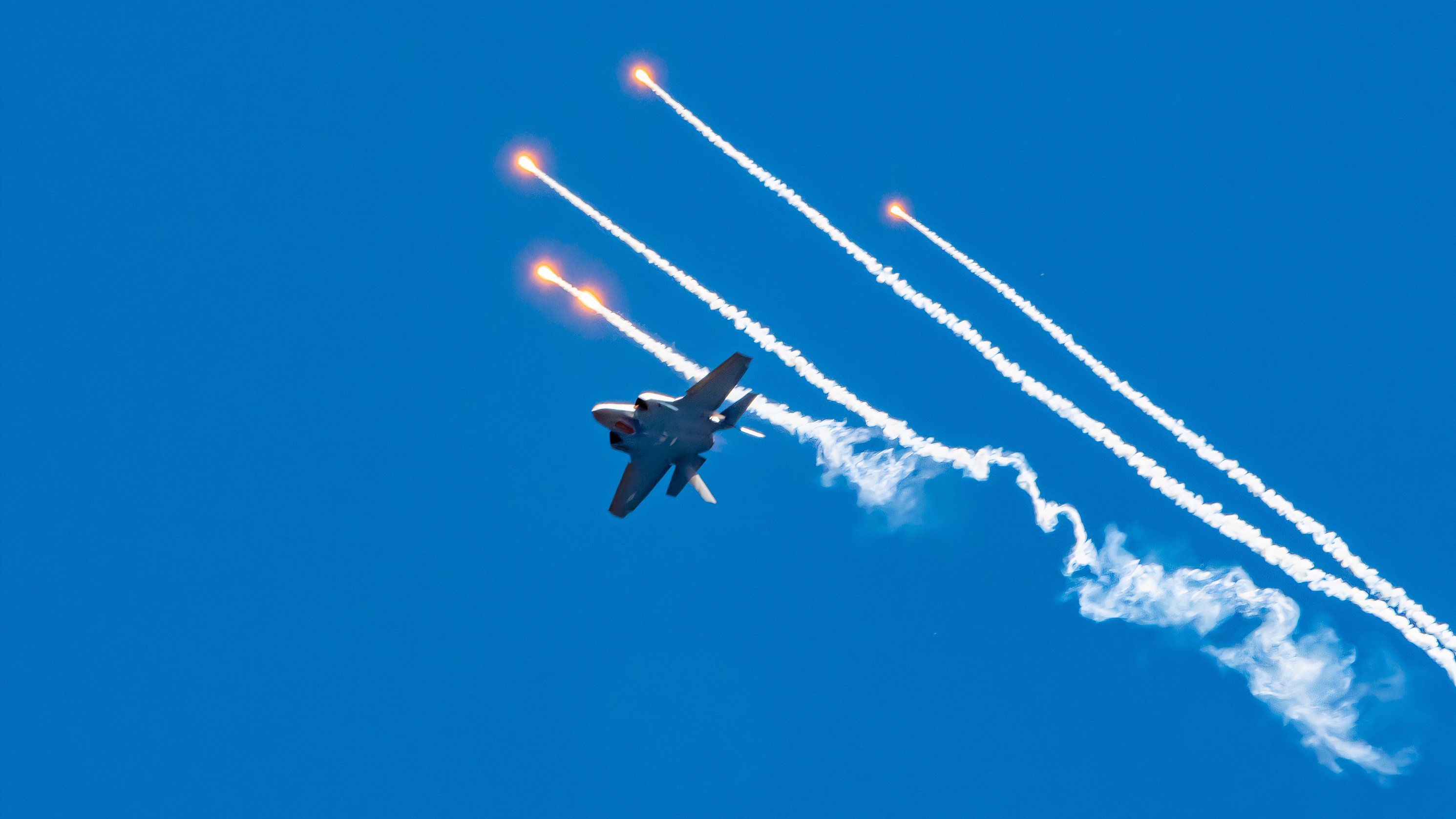Summary
- US Air Force reducing F-35 purchases in 2026-2027 due to waiting on TR-3 suite from Lockheed Martin.
- Only 25 new F-35As will be fielded in 2026 due to TR-3 delivery issues and integration challenges.
- TR-3 vital for F-35A fleet for carrying more weapons, improved sensor integration, and electronic warfare.
The United States Air Force
is planning on reducing annual purchases of F-35 Lightning IIs (aka Panthers) in 2026 and 2027 to wait on Lockheed Martin to deliver a full Tech Refresh 3 (TR 3) suite and eventually a Block 4 version with increased capabilities. A recently declassified report for President Joe Biden’s proposed 2025 has indicated a decrease in US Air Force F-35
purchases to help get the latest technology into the F-35A.
Operational Fielding Plan for F-35s Still Growing
As Air & Space Forces Magazine reported on September 7, a review of operational fielding plans shows a comprehensive plan for F-35A fleet growth. While 57 new F-35As will be fielded in 2025, only 25 are planned to be in 2026. As previously documented by Simple Flying, the primary reason is issues delivering and integrating TR-3.
As such, the space to securely store F-35s waiting for TR-3—even a truncated version that’s passed testing for flight safety—is decreasing. Additionally, the US Air Force will need to absorb the F-35As placed in storage, which will require resources to make happen. But why is TR-3 considered vital?
Plan for Getting TR-3 Into the F-35A Fleet
In a July 19 Lockheed Martin statement, United States Air Force Lieutenant General Mike Schmidt, the JPO’s Program Executive Officer, shared,
“We have initiated a phased approach to the delivery of TR-3 F-35 aircraft. The first phase will deliver jets with an initial training capability in July and August. By the end of August, we will be delivering jets with a robust combat training capability, as we continue towards the delivery of full TR-3 combat capabilities in 2025. Our focus has been on providing our customers with aircraft that are stable, capable, and maintainable, and this phased approach does that.”
One should note that TR-3 will allow for more weapons to be carried, improved sensor integration, and improved electronic warfare. An explainer is below:
Clearly, the United States Air Force wants TR-3 on the F-35A. But there needs to be a plan – not the concept of a plan.
What is the operational fielding plan for F-35s?
Enter the Modernized Selected Acquisition Report for the F-35 fleet – As, Bs, and Cs – showing in 2025, the United States Air Force will take on 57 F-35As but expects to lose 2 F-35As. In 2026, only 25 will be taken on, and in 2027, 39, with three expected to be lost in both years. By 2027, 39 F-35As will be brought onboard with 3 projected losses, and by 2028, 44 new F-35As will join while 3 F-35As are projected lost.
But before comparing these statistics to those of the US Navy and the US Marine Corps, one may want to review the F-35’s 3 variants. The As are conventional take-offs and landings only, the Bs are short take-offs and vertical landings, and the Cs can also do catapult-assisted take-offs and arrested landings.
With that, the aforementioned acquisition report found the US Marine Corps has this acquisition schedule:
|
2024 |
2025 |
2026 |
2027 |
2028 |
2029 |
|
|---|---|---|---|---|---|---|
|
New F-35Bs |
18 |
17 |
16 |
16 |
16 |
17 |
Losses are expected to be 1 annually except for 2 in 2028 to arrive at a final inventory of 245 F-35Bs in 2029. At the end of 2024, the fleet is projected to be 169.
For the US Navy, the report found that new F-35Cs will be obtained between the US Marine Corps and US Navy at these numbers:
|
2024 |
2025 |
2026 |
2027 |
2028 |
2029 |
|
|---|---|---|---|---|---|---|
|
New F-35Cs |
25 |
26 |
20 |
19 |
19 |
18 |
After projected losses, the F-35C fleet between the two services is 121 at the end of 2024 and 219 at the end of 2029.
As one can see, the same TR-3 issues hitting the US Air Force also affect other F-35 purchasers. But to conclude, here’s the context with the US Air Force fleet.
Keep up with the latest Simple Flying coverage of F-35s here.
Bottom Line: In the context of the aging US Air Force fighter fleet
A review of the June 7 Air & Space Forces Magazine annual almanac of statistics as of September 30, 2023 shows just how badly the F-35A is needed. On average, the F-35A fleet of 408 fighter jets as of September 30, 2023 is 4.92 years old. By the end of 2024, that will be 467 F-35As in United States Air Force care.
Photo: Joe Kunzler | Simple Flying
As to the fighters, the F-35A is most intended to replace – the average age of the US Air Force fighter fleet is 26.84 years old, with the most voluminous member – the F-16Cs and F-16Ds at 862 fighters – having an average age of over 32 years. Below to underline the point how old the Vipers are, here’s a news report from the 1999 OPERATION ALLIED FORCE conflict to stop a true genocide in the Balkans:
Additionally, the A-10C Warthog II, at 261 jets, averages over 42 years old, but the A-10C Warthogs have had their wings replaced and avionics massively upgraded. One can learn more about the A-10C below:
Ultimately, the United States Air Force needs the F-35As on hand, especially since the 185 F-22 Raptors, which average 18 years in age, are the only other official US Air Force stealth fighter jets. The F-35As coming online will be smarter and more capable with TR-3. But the need to rejuvenate the US Air Force fleet is great.


